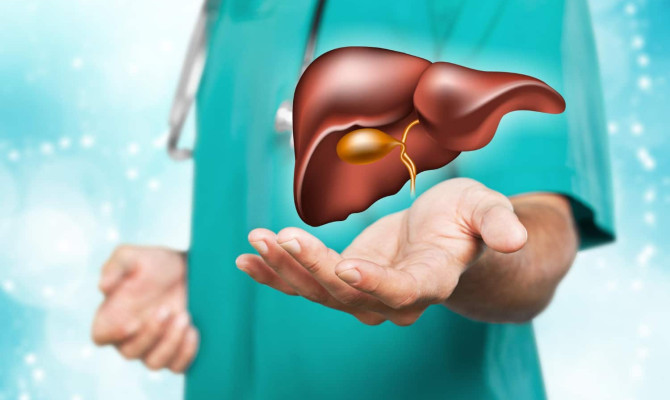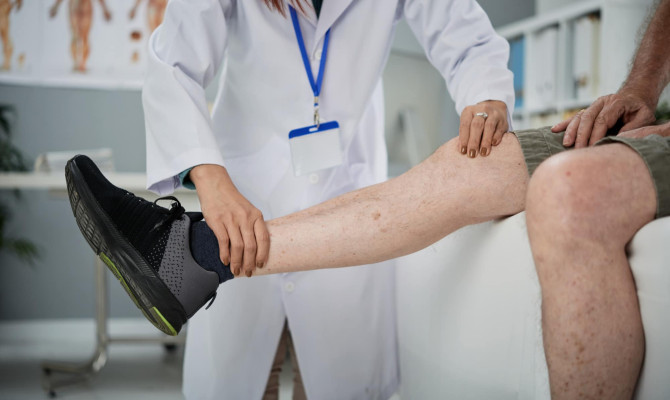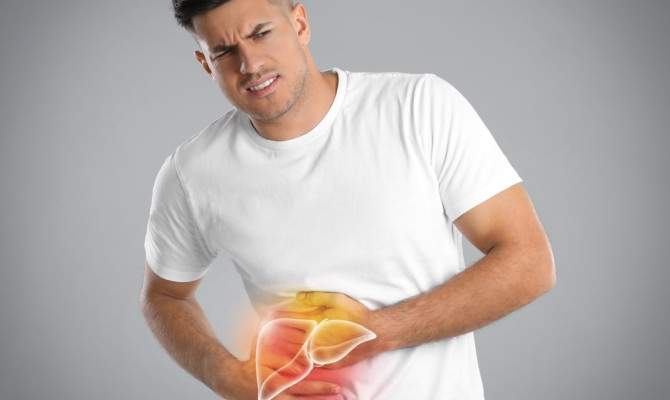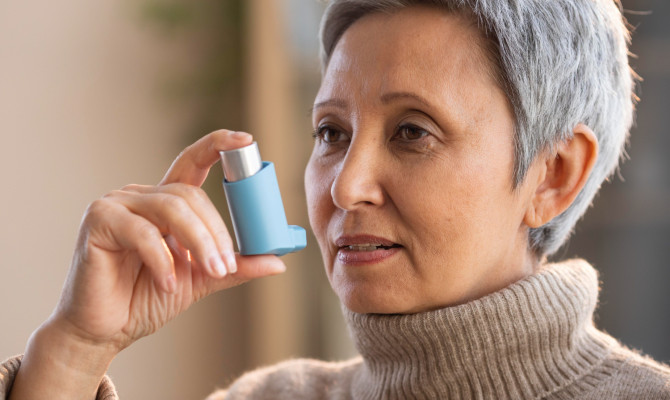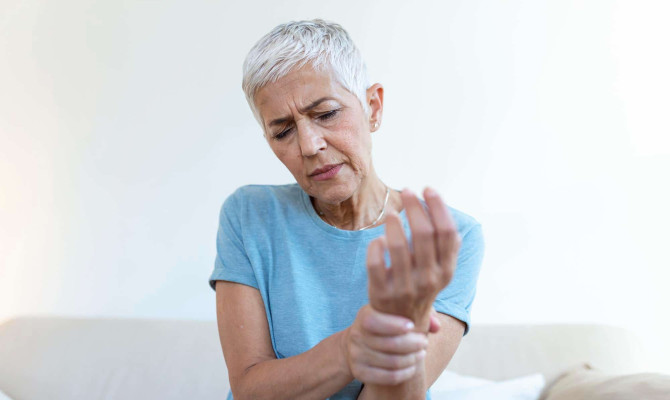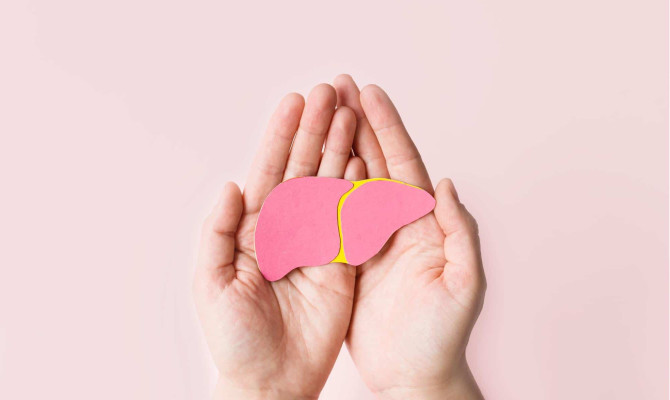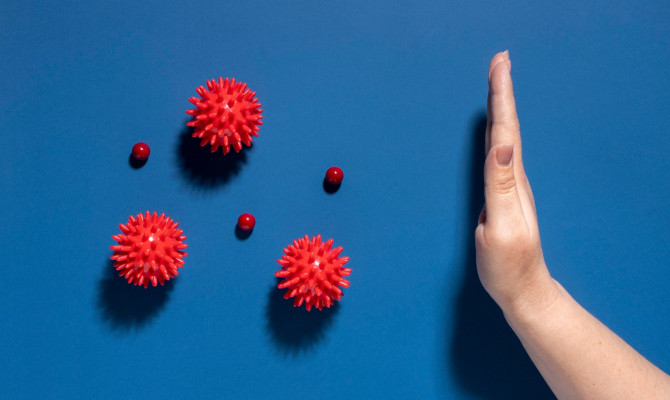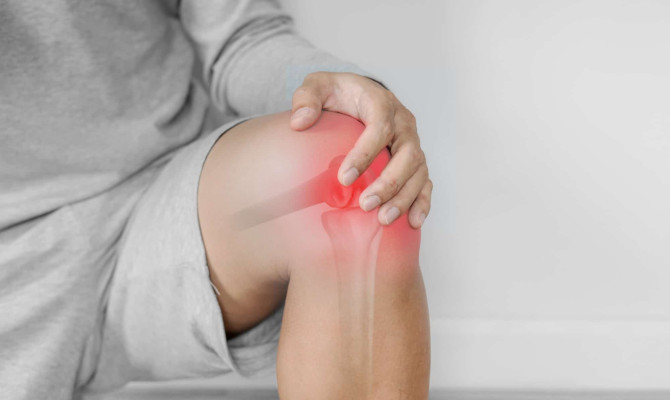A Contagious infection Jock itch : Causes, Treatment, and Prevention

- Jock Itch
- 17 Aug 2023
Overview
About Jock itch
Contagious fungal infection jock itch, commonly known as tinea cruris, affects the pubic, genital, perineal, and perianal areas. It is brought on by pathogenic fungi called dermatophytes, which attack keratinized tissues like hair and the stratum corneum (outer layer of skin), resulting in a recognizable rash in affected people.
Jock itch manifests as a rash with regions that may be red and flaking resembling blisters. In warm, moist parts of the body like the groin, inner thighs, and/or butt crack, the skin is frequently itchy. The infection can occur to anyone but it’s more common in adolescent and young adult men than in women, and children1Overview| Researched based study from Healthlink.ba.ca ,2Overview| Researched based study from Clevelandclinic.org ,3Overview| Researched based study from Nlm.nih.gov

Causes
Causes and risk factors of Jock itch
The causative organism of jock itch is dermatophyte, a fungus that normally lives on skin, hair, and nails. Due to the accumulation of moisture in areas such as the groin, thigh/buttock, the fungus multiplies at a faster rate and starts to cause symptoms associated with the infection. Extremely contagious, the fungus can be passed from one person to another by sharing towels or clothing5Causes| Researched based study from Actascientific.com
Other risk factors which can predispose jock itch infection include:
- Excessive perspiration
- Occlusive clothing
- Improper hygiene
- Diabetes mellitus
- Weak immune system
- Obesity.3Causes| Researched based study from Actascientific.com ,5Causes| Researched based study from Nlm.nih.gov
Excessive perspiration
- Hyperhidrosis (excessive sweating) in a person makes the skin more suitable for fungal growth which grows at a faster rate due to sweating that creates a warm, and moist environment for the organism to thrive.
Occlusive clothing
- Tight clothing and undergarments favor jock itch infection since tight fabrics entrap moisture against the skin which creates an environment suitable for the organism to grow especially in people who wear tight undergarments after using public showers.
Improper hygiene
- Improper hygiene increases the risk of fungal infections (especially jock itch) which not only facilities the spread of infection but also favors a recurrent infection in people who don’t follow good hygiene practices.
Diabetes mellitus
- Fungal infections are more likely to occur in people with high blood sugar levels which may also favor the occurrence of jock itch infection in diabetic patients.
Immune system
- Immune-compromised people are more susceptible to getting fungal infections, notably jock itch, than healthy individuals.
Obesity
- Obese people are more likely to develop jock itch since skin folds develop more in overweight people which presents a warm and moist environment for the organism to thrive/grow. 5Causes| Researched based study from Actascientific.com
Symptoms
What signs and symptoms are there for Jock itch?
According to the Centers for Disease Control and Prevention (CDC), jock itch symptoms are said to appear 4 to 14 days after the skin comes into touch with a dermatophyte (fungal organism) which includes the following:
- A ring-shaped rash on the groin, skin folds, inner thighs, and/or buttocks
- Red, raised scaly patches that may blister/ooze
- Itching and painful rash
- Changes in skin color1Symptoms| Researched based study from HealthLinkbc.ca ,4Symptoms| Researched based study from Medlineplus.gov
Diagnosis
How is Jock itch diagnosed?
A healthcare provider typically diagnoses a jock itch by examining the appearance of the skin and reviewing its associated symptoms.
Tests are usually not necessary but if needed, they may include:
- KOH test
- Skin culture
- Skin biopsy
KOH test
- It is a simple skin test done by scrapping dead cells in the groin/affected regions with a scalpel/glass slide which is then followed by placing the skin scrapings in a liquid containing potassium hydroxide (KOH). The chemical (KOH) will destroy all cells except fungal cells in the specimen which confirms the presence of infection in the affected person.
Skin biopsy
- In this procedure, the healthcare provider removes a small piece of skin from the affected region and tests it in the lab by using a special stain called PAS (periodic acid -Schiff) which helps to identify the fungus thus confirming the infection.4Diagnosis| Researched based study from Medlineplus.gov ,5Diagnosis| Researched based study from Actascientific.com.
Consultation
When to seek medical help?
A healthcare professional should be consulted:
- When infection does not improve or resolve while treated with over-the-counter medicines
- When jock itch occurs as a persistent/severe infection with associated symptoms such as red, purple, gray/white skin; irritation, and/or swelling
- When jock itch infection spreads to other areas of the body2Consultation| Researched based study from Clevelandclinic.org
Treatment
How is Jock itch managed?
Antifungal medicines
- Antifungal lotions that can be purchased over the counter can be used to treat jock itch at home.
- After washing the rash with soap & water and patting the skin dry one need to apply an over-the-counter antifungal cream, ointment, gel, spray or powder such as clotrimazole, miconazole, tolnaftate, or terbinafine as stated under directions of use in the package of the medicine
- The medicine should not be stopped once symptoms go away and should be continued as per its duration exactly as stated in the package
- A healthcare provider should be consulted if the infection does not resolve after 2 weeks of using the over-the-counter medicine1Treatment| Researched based study from Nlm.nih.gov ,4Treatment| Researched based study from Medlineplus.gov Treatment| Researched based study from Clevelandclinic.org
Home remedies
- Mild jock itch, which can stop/prevent fungal growth on the skin’s surface, may be treated with rubbing alcohol.
- Some essential oils can prevent/stop bacterial growth that includes eucalyptus oil, tea tree, bitter orange, and peppermint which may not completely treat or resolve the fungal infection but provides some relief from its associated symptoms
- Garlic contains a compound called ajoene which helps to prevent/ stop bacterial growth similar to essential oils2Treatment| Researched based study from Clevelandclinic.org
Prevention
Preventive measures for Jock itch
Jock itch can be prevented by following the below measures such as :
- Treating the infected area with antifungal creams, ointments, gels, sprays, or powders
- Keep the impacted region dry
- Avoid sharing personal items like towels with others
- Must refrain from rubbing the affected regions.
- Before handling any other parts of the body after being scratched, hands should be properly cleaned with antibacterial soap
- Washing socks, undergarments, towels, and bedding in hot water.
- Avoiding intercourse with someone who has jock itch in order to protect yourself from getting infected
- Avoid wearing tight undergarments and apparel that could trap moisture adjacent to the skin, which would encourage the growth of fungus.
- Periodical cleaning of exercise equipment should be followed to prevent fungus from growing on the hard surfaces of the equipment2Prevention| Researched based study from Clevelandclinic.org ,5Prevention| Researched based study from Actascientific.com
How may jock itch get complicated?
- Most likely complications of jock itch are failure of therapy and recurrence of infection that occurs due to reinfection from close contacts, drug resistance, and/or poor follow-up of the treatment plan
- Secondary bacterial infection may also occur which is another potential complication of jock itch
- The uncommon complication of jock itch, known as Majocchi’s granuloma, occurs when dermatophytes, which produce the symptoms of the illness, disseminate into the subcutaneous tissue as a result of skin breakdown3Prevention| Researched based study from Nlm.nih.gov
Takeaway
Takeaway tips
- Jock itch is an unpleasant condition that is itchy and annoying and causes a stinging/burning sensation.
- Antifungal medications and home remedies can help treat the condition which provides faster relief when directions for the use of medicine are followed adequately with good hygiene practices
- It is also important to follow the healthcare provider’s treatment plan when the infection becomes persistent especially to avoid the recurrence of jock itch infection.
Any feedback on this article?
 This Articles content was accurate
This Articles content was accurate Very Informative Article
Very Informative Article I have a question or a comment
I have a question or a comment
 This article contains inaccurate content
This article contains inaccurate content This article was not helpful
This article was not helpful I have a question or a comment
I have a question or a comment
We appreciate your helpful feedback!
Checkout our social pages
References
-
Health Link
Jock Itch | Overview | Symptoms | Treatment
-
Cleveland Clinic
Jock Itch (Tinea Cruris) | Overview | Treatment | Prevention
-
National Library of Medicine
Tinea Cruris | Overview | Causes | Prevention
-
Medline Plus
Jock itch | Symptoms | Treatment
-
Acta Scientific Journal
Review on Jock Itch | Causes | Diagnosis | Prevention












